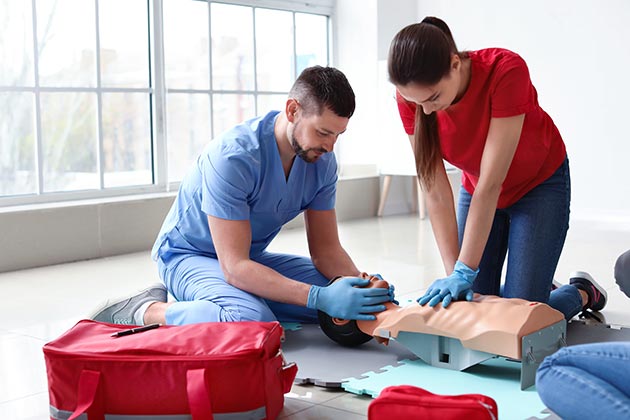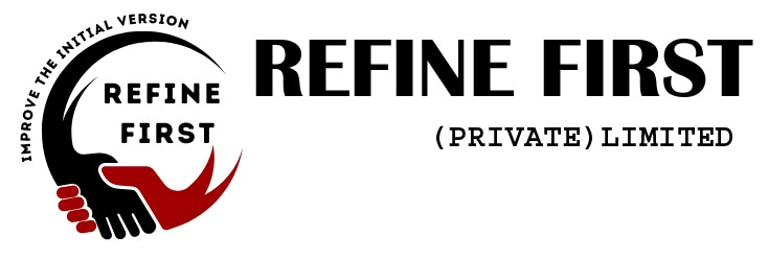BASIC LIFE SUPPORT (BLS)




Overview of a Basic Life Support (BLS) program:
Basic Life Support (BLS) is a set of lifesaving skills that focus on recognizing and responding to cardiac arrest, respiratory distress, and other life-threatening emergencies.
Key Components:
1. Cardiopulmonary Resuscitation (CPR): chest compressions and rescue breaths to maintain blood circulation and oxygenation.
2. Automated External Defibrillator (AED): using a device to restore a normal heart rhythm.
3. Relief of Choking: techniques to clear airway obstructions.
Program Objectives:
1. Teach participants to recognize life-threatening emergencies.
2. Equip participants with the skills to perform CPR, use an AED, and relieve choking.
3. Enhance confidence and competence in responding to cardiac emergencies.
Target Audience:
1. Healthcare professionals.
2. First responders.
3. Individuals interested in learning lifesaving skills.
Benefits:
1. Saves lives.
2. Increases confidence in emergency response.
3. Enhances community preparedness.
Certification:
Many BLS programs offer certification upon completion, which can be essential for healthcare professionals and others in high-risk industries
